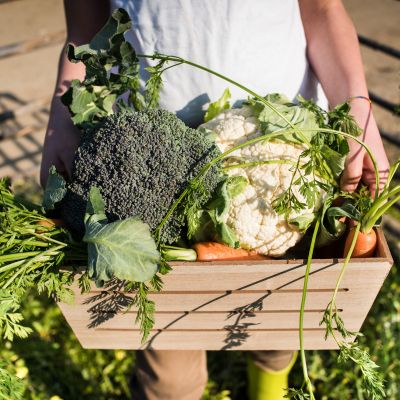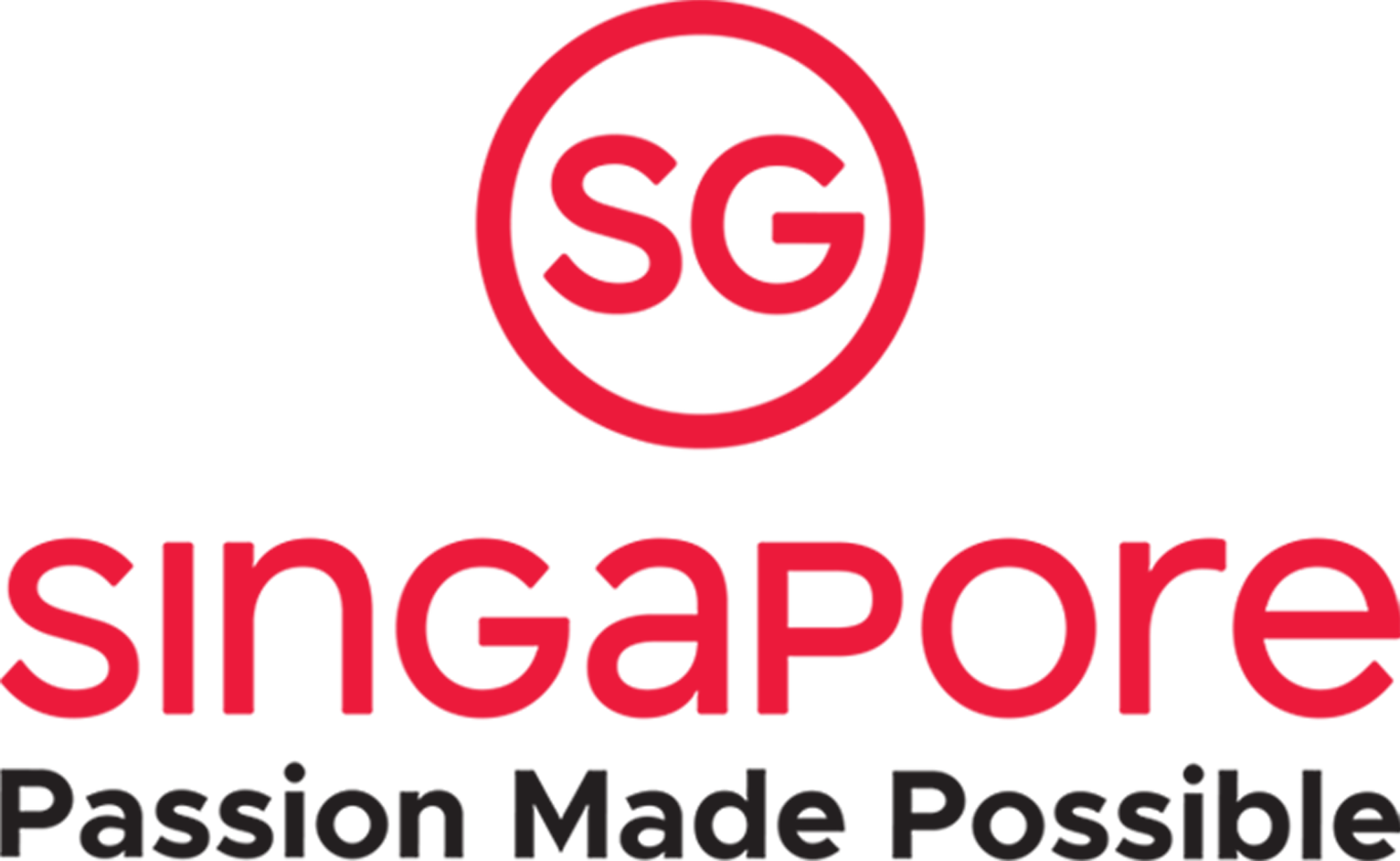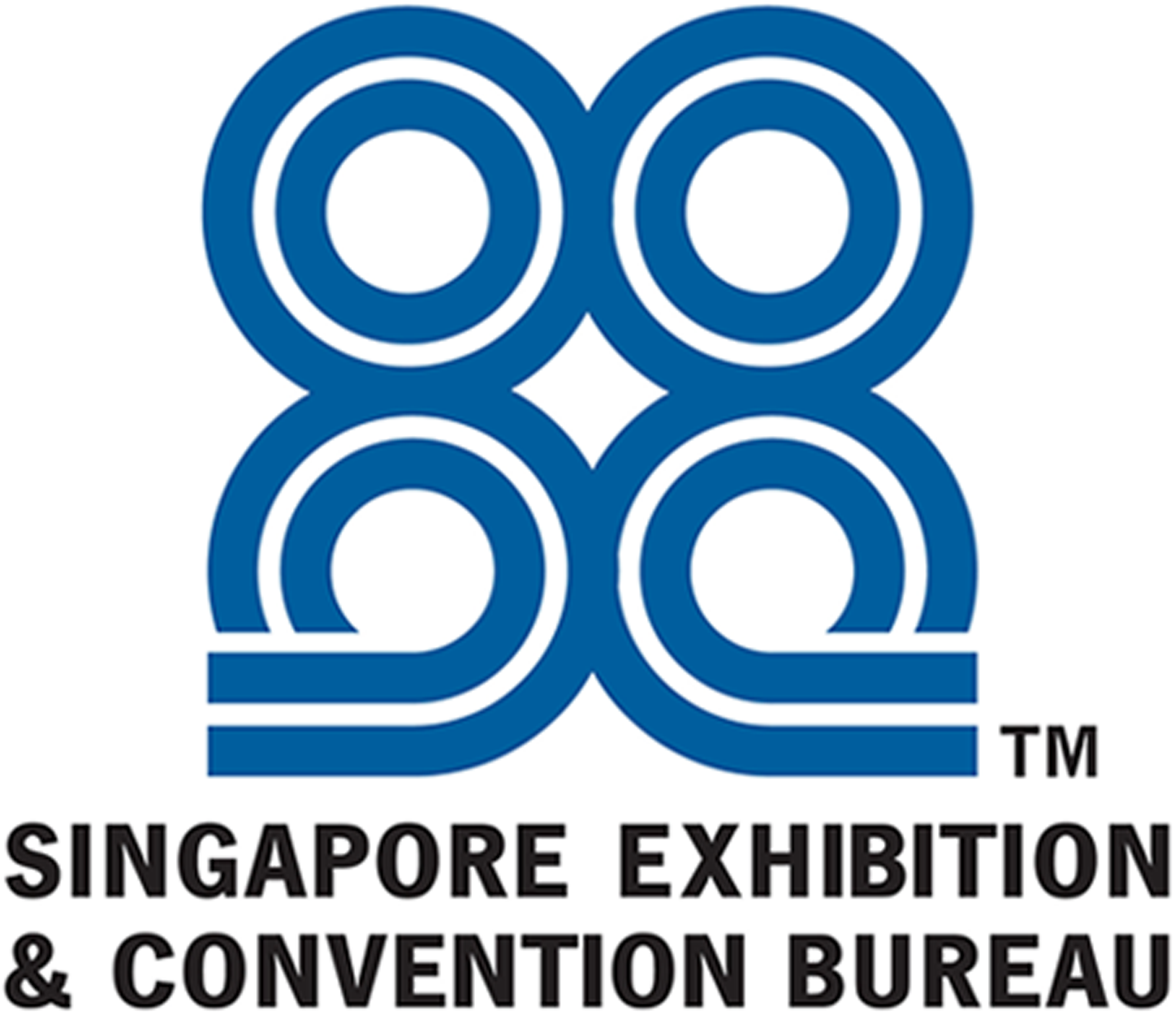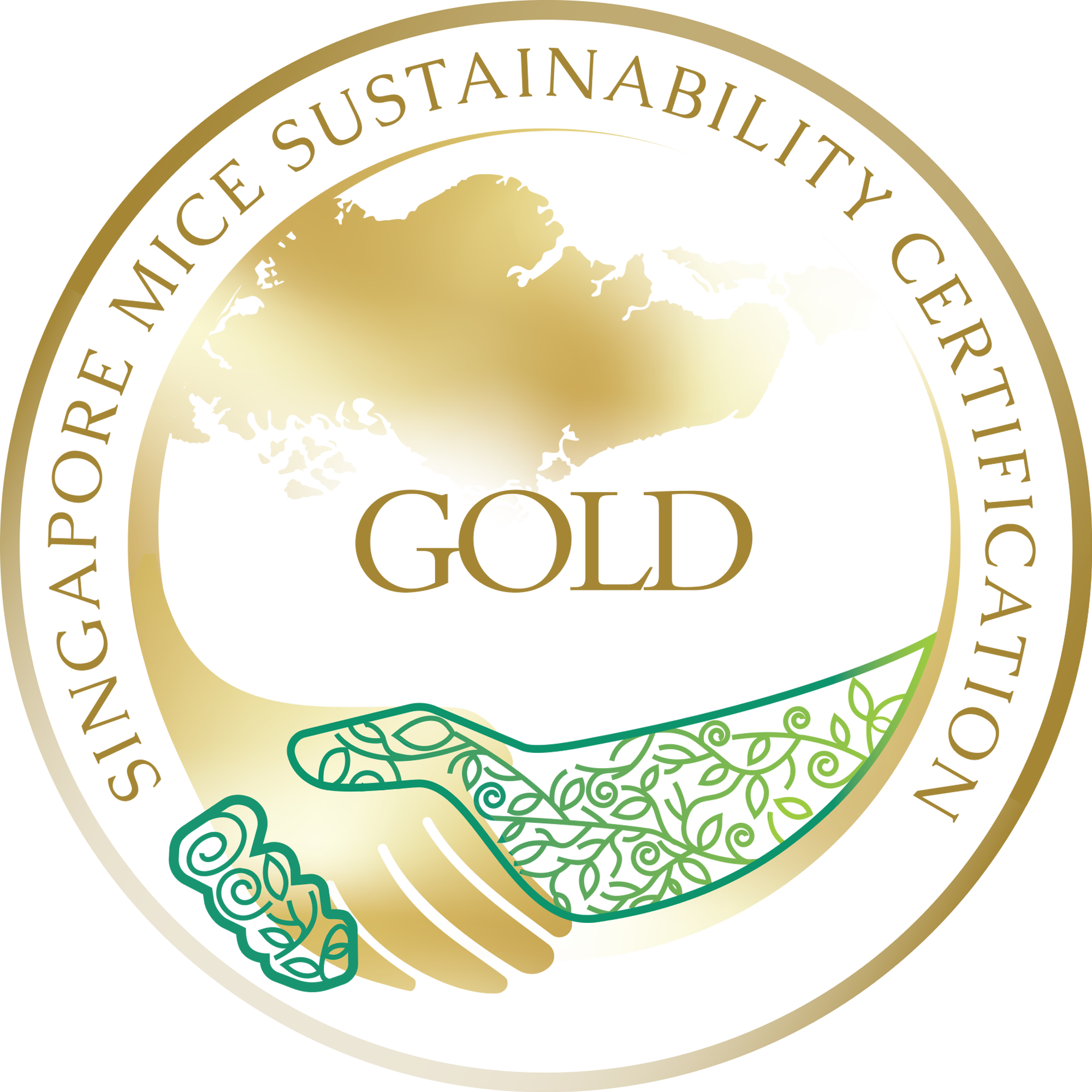When you run a restaurant, you know that finding the right food and beverage supplier is the most crucial decision.
After all, you can’t operate a restaurant without essential ingredients and other supplies, like food storage products. With a strong supplier relationship, restauranteurs can scale their business and achieve maximum profitability.
So, the question is: Where do restaurants get their food (restaurant vendors)?
With many options available, finding suitable suppliers is a challenging feat. With the changing consumer preferences for supplier transparency and more focus on sustainability, restauranteurs are more concerned about this decision.
Still, trying to figure out where to start?
In this blog, we’ve gathered some key strategies and best practices on how to find suitable suppliers for your restaurant and keep your tables full.
- Identifying Your Restaurant’s Needs
- Identifying Potential Restaurant Suppliers
- Building Supplier Relationships
- Ensuring Quality and Compliance
Identifying Your Restaurant’s Needs
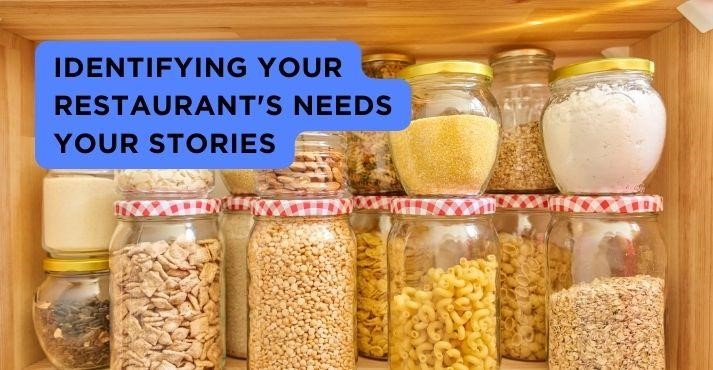
Before you search for restaurant food suppliers, you must know the ins and outs of the restaurant’s needs. This means creating a list of everything you must purchase to keep your restaurant in business.
Most commonly, a restaurant needs to find the following suppliers for food service operations:
- Meat suppliers (poultry, beef, fish, and seafood)
- Vegetable suppliers
- Condiment distributors
- Vegetable oil distributors
- Linen and Uniform Suppliers
- Furniture Suppliers
- Technology Suppliers (POS systems, software, etc.)
- Packaging Suppliers
- Maintenance and Repair Suppliers
- Distributors of industrial cleaning products
Menu and Cuisine Considerations
First, decide what the menu will look like. It will make things easier, as you will get a complete idea of the suppliers you require.
Menu planning, culinary variety, and cuisine considerations will help you know exactly what to buy and how much to spend. It will also help you with ingredient sourcing from local and global suppliers.
The correlation between menu offerings, culinary style, and suppliers influences menu business operations. For example, a French cuisine-focused menu may demand specialized suppliers for ingredients like truffles and French cheeses.
Varied culinary styles, such as Asian or Italian, necessitate specific spices, sauces, and unique produce. Therefore, you must know the diverse ingredient sourcing aligned with your culinary style.
Quantity and Frequency Assessment
Whether you are looking for new ingredients to reduce your menu cost, you must conduct a quantity and frequency assessment. Accurate assessments ensure proper inventory management, preventing wastage or shortages.
Timely and precise supply orders maintain consistent menu offerings, customer satisfaction, and cost control. A clear understanding of supply quantity enhances financial planning, minimizes storage challenges, and supports a sustainable flow in the restaurant’s day-to-day functioning.
Here’s a step-by-step guide to conducting quantity and frequency assessment:
- Menu Analysis
Examine the menu to identify critical ingredients, helping determine the quantity and frequency required for each item.
- Historical Data Review
Analyze past sales data to understand demand patterns, guiding the required quantities and frequency assessment.
- Forecasting Models
Implement forecasting tools to predict future demand, aiding in estimating the quantities and frequencies needed for supplies.
- Collaborative Planning
Engage with chefs and kitchen staff to gain insights into potential menu changes, seasonal variations, and special events.
- Supplier Input
Consult potential suppliers to gather information on their capacity, lead times, and ability to meet specific quantity and frequency requirements.
Moreover, the efficient supply chain can be managed by maintaining effective logistics. For this, restaurants opt for supplier logistics, acquiring, transporting, and storing resources along the supply chain and logistics.
By optimizing supply quantities, restaurants can ensure the life-cycle of ingredients to prioritize food safety to retain customers and protect their reputation.
Identifying Potential Restaurant Suppliers
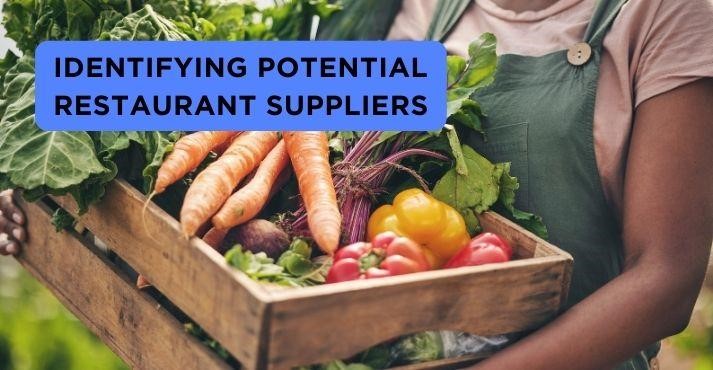
Unsurprisingly, choosing suitable suppliers in the restaurant industry requires time and research. Now that you know what you need for your restaurant and menu, it is time to identify potential suppliers.
So, how do you find food suppliers for a restaurant? Start with a simple online search for restaurant suppliers. This query will yield basic or most common items and give you an idea of some of the necessary items you’ll need to buy and their cost.
Learn more about their past and current clients, service quality, fill rates, and other aspects.
Local vs. Global Suppliers
Sourcing products locally versus globally can be tricky. The produce suppliers for restaurants can be local or global, depending upon various factors. Local sourcing involves obtaining suppliers close to the restaurant.
Global sourcing refers to restaurants obtaining supplies or raw materials from suppliers in different countries or regions to benefit from their expertise, resources, and diverse markets.
Consider the following pros and cons of local vs. global suppliers.
Local Suppliers Pros:
- Reduced environmental impact through shorter transportation distances
- Support for local economies and communities
- Freshness consideration due to proximity
- Enhanced communication and relationship-building
Local Suppliers Cons:
- Limited product variety or specialty items
- Potential challenges in meeting enormous volume demands
- Higher costs for certain products
Global Suppliers Pros:
- Access to a wide range of products and exotic ingredients
- Economies of scale may lead to cost savings
- Ability to meet high-volume demands
- Increased availability of specialty items
Global SuppliersCons:
- Longer transportation distances, contributing to environmental impact
- Less direct support for local economies
- Potential communication challenges and time zone differences
- Quality control issues due to extended supply chains
Moreover, sustainability plays a crucial role in making the final supplier decision. Local sourcing minimizes carbon footprint, supports regional economies, and ensures fresher, seasonal produce.
At the same time, global sourcing allows access to diverse, sustainable options but entails more extended transportation. Balancing local and global suppliers is the key to improving hotel operations.
Supplier Reputation and Reliability
Researching supplier reputation and reliability is essential for ensuring the success and integrity of a business. Vendors for restaurants reflect its credibility, ethical practices, and product quality.
Supplier reputation and reliability standards guarantee consistent and timely deliveries, preventing disruptions to operations.
Thorough research helps identify potential issues, such as financial instability or ethical concerns, allowing restaurants to make informed decisions. A reliable and reputable supplier ensures quality assurance, a smooth supply chain, and customer satisfaction.
Follow these tips for assessing supplier reliability:
- Check references: Obtain and check supplier references from other businesses.
- Track record: Assess the supplier’s historical performance and reliability.
- Financial stability: Evaluate the supplier’s financial health and stability.
- Communication: Gauge the supplier’s communication responsiveness and clarity.
- Consistency: Ensure the supplier demonstrates consistency in meeting deadlines.
- Redundancy Planning: Inquire about the supplier’s contingency plans for potential disruptions.
Building Supplier Relationships

Whether you’re just getting started or have been running your restaurant for years, nurturing your relationships with your suppliers at every step of the collaboration is essential.
Establishing strong supplier relationships ensures a seamless supply chain, leading to consistent product quality and availability. Reliable suppliers positively impact the bottom line and daily restaurant options, delivering a consistent guest experience.
Building relationships with suppliers for restaurants directly correlates with customer satisfaction, loyalty, and increased revenue.
Here are some of the best practices for building supplier relationships.
- Establish open communication to address concerns promptly.
- Regular performance reviews maintain quality standards.
- Fair negotiation is mutually beneficial to building a sustainable and equitable partnership.
- Loyalty programs incentivize and reward long-term supplier relationships.
- Work together to address challenges, find solutions, and continuously improve processes.
- Maintain relationships with multiple suppliers to mitigate risks, ensure a stable supply chain, and leverage competitive advantages.
Communication and Transparency
Effective communication with strategies is essential for building and sustaining strong relationships. Clear communication ensures mutual understanding, building trust, and alignment of goals.
Supplier transparency establishes a foundation of honesty, creating a collaborative environment. This facilitates smoother transactions and relationship building, resolving issues promptly and enhancing operational efficiency.
Here are the top 5 communication strategies for maintaining transparent partnerships with suppliers.
- Regular updates: To keep suppliers informed and provide consistent and clear updates on orders, changes, and expectations.
- Open dialogue: Encouraging suppliers to share concerns and feedback for collaborative problem-solving.
- Performance Reviews: Regularly assess both parties’ performance and address issues.
- Technology integration: Implement tools like supply chain management software for real-time information sharing, enhancing transparency.
- Clear contracts: Establish comprehensive contracts outlining expectations, terms, and conditions, ensuring clarity and preventing misunderstandings.
Negotiation Strategies
Supplier negotiation tactics combine interpersonal skills, market understanding, and data-driven insights. Negotiating the right deal with your suppliers doesn’t necessarily mean getting what you want at the lowest possible price but ensuring you get the best quality ingredients and materials.
- Win-Win Agreements
Seek mutually beneficial terms, balancing cost-effectiveness for the restaurant with fair profits for suppliers.
- Long-Term Commitments
Establish extended contracts for volume commitments, fostering stability and favorable terms for both parties.
- Benchmarking
Research market rates and competitor deals to negotiate fair and competitive terms with suppliers.
- Performance Incentives
Offer performance-based incentives, encouraging suppliers to meet or exceed quality, delivery, and cost expectations.
- Flexible Terms
Negotiate flexible payment terms, delivery schedules, and pricing structures to accommodate demand and market conditions fluctuations.
- Transparent Communication
To ensure fair supplier deals, maintain open and honest communication.
Negotiating win-win partnerships and fair deals is essential for consistent restaurant service, resulting in mutual benefit and cooperation between the restaurant and suppliers. Fairtrade agreements ensure reliable supply chains, preventing disruptions.
Ensuring Quality and Compliance
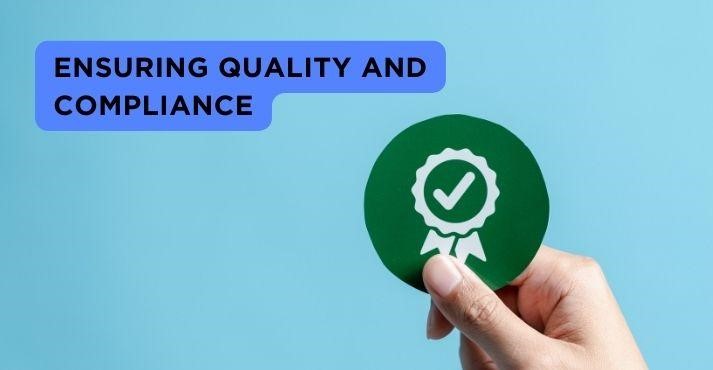
Now that you know where restaurants buy their food, focus on ensuring quality and compliance.
But what is supplier compliance, and what are the rules and regulations restaurants need to know? Quality assurance helps restaurants consistently deliver safe and consistent products to end-users.
It is an ongoing effort – and must, therefore, be practiced every day to achieve the desired outcomes on an ongoing basis.
As a restauranteur, you need to check off a lot of boxes, such as:
- Are you storing your foods at the proper temperatures?
- Are you ordering inventory on time?
- Your business serves alcohol — are your employees checking customer IDs as needed?
- Did you source your ingredients locally?
Quality Control Measures
Quality control in the restaurant industry is a process that ensures that food products meet specific quality standards and regulatory requirements. It means how a restaurant measures product quality and improves it.
Upholding ingredient quality is essential, and supplier relationships help you deliver consistent experiences. With standardized quality control mechanisms, restaurants can better measure the quality of their ingredients and materials.
For implementing consistency measures, you can consider the following steps:
- Supplier audits
Conduct regular audits of suppliers to ensure they adhere to quality standards. Evaluate their facilities, processes, and documentation to confirm compliance with safety, hygiene, and quality requirements.
- Quality specification agreements
Establish precise quality specifications for each product with suppliers. Communicate expectations regarding freshness, size, packaging, and other relevant quality criteria.
- Document ingredients
Every ingredient used to create a menu item must be verified for quality to ensure the final dish is up to mark. Document every ingredient that you pay for, along with details like:
- Quantity purchased
- Description
- Purchase date
- Expiry date
- Nutritional value
- Storage requirements
- GMO status
Consistent ingredient supply improves if you can record and keep track of all the information.
- Performance metrics monitoring
Implement key performance indicators (KPIs) to monitor supplier performance. Track metrics such as on-time deliveries, product consistency, and responsiveness to issues to ensure continuous improvement and accountability.
- Sampling and testing protocols
Regularly sample and test incoming goods to verify quality and adherence to specifications. Develop protocols for sampling methods, testing procedures, and frequency to maintain a consistent and reliable supply chain.
- Communication and feedback loop
Establish open lines of communication with suppliers. Encourage regular dialogue to discuss expectations, resolve issues promptly, and provide constructive feedback.
Compliance with Regulations
Supplier compliance is a set of standards and processes to ensure that suppliers meet expected levels of quality and performance.
Suppliers adhering to regulatory compliance and certification standards ensure the sourcing of safe, high-quality ingredients, maintaining the restaurant’s reputation and customer trust.
Some of the key regulations and standards that food industries need to comply with include:
- Food Safety Modernization Act (FSMA) in the United States, the European Union’s General Food Law, and the Codex Alimentarius food safety standards.
- ISO 9001 provides a framework for implementing and maintaining quality control processes.
- HACCP is a systematic approach to identifying and controlling potential hazards in the food production process.
Ensuring supplier compliance mitigates the risk of legal issues, supports consistent quality in menu offerings, and aligns with health and safety standards. Meeting certification standards ensures that suppliers verify and validate the capabilities.
Certification adherence means that suppliers meet quality standards and consistently provide products that meet customer expectations.
Conclusion
Building solid relationships with suppliers is essential to comprehensively understand what suppliers are, how to secure them, and ensure quality measures to improve your restaurant’s operational efficiency.
To know where restaurants get their food (restaurant vendors), you must conduct thorough research, considering factors like reliability, quality, and pricing. Verify their compliance with industry standards and certifications, ensuring safe and high-quality ingredient sourcing.
Leverage online platforms, attend food and beverage trade shows, and seek recommendations within the industry to discover potential suppliers. Regularly evaluate supplier performance and be willing to make adjustments when necessary.

